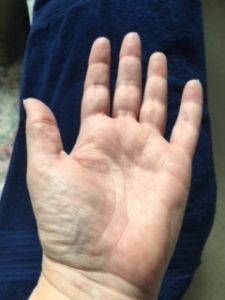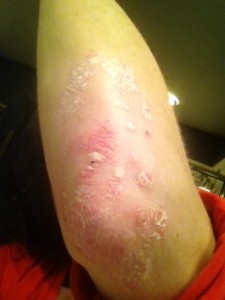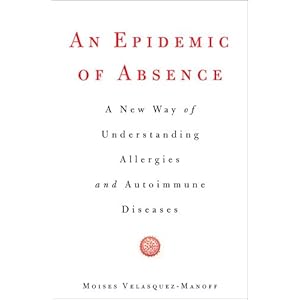Could the inflammation in your body be due to what you’re eating? Absolutely.
And, if this statement is true, then the opposite is also true: that you can reduce inflammation in your body by changing the foods that you are eating.
This is a story about a woman I met at a chance meeting who was suffering from terrible inflammation. I could see the inflammation just by looking at her, but at the time I did not know how negatively it was affecting her life. As it happened, the previous day she had photographed her hand, which was so swollen that it was painful to open for the picture.

We began working together the following week and on August 8, 2017, she began implementing a LEAP diet that was scientifically designed to be anti-inflammatory for her based on the results from her Mediator Release Test (MRT). The MRT is the gold standard in food sensitivity testing and takes all the guesswork out of figuring out what you should and shouldn’t eat in regards to inflammation. The results are as unique as your fingerprint.
Before we started working together, she had many days when she was in so much pain that she couldn’t get out of bed. In fact, she had been in bed since June when we met in mid-July. As she told me later, she realized that the reason she had dragged herself out of bed and to that meeting on July 17th, was to meet me and take control of her health.

On February 28th she emailed me saying, “I don’t know if you have ever seen this, but it was by fate that I had these pics. I took the first one 7/16/17 the day before I met you. It was for a hand analysis session. I was having a hard time opening my hand to get a good pic.
The second one is today, 2/28/18. A world of difference. I was floored. I accidentally discovered this by cleaning up photos on my phone. When I saw the picture, I sat up. I immediately looked at my hands and couldn’t believe it. You can see the information so clearly.





